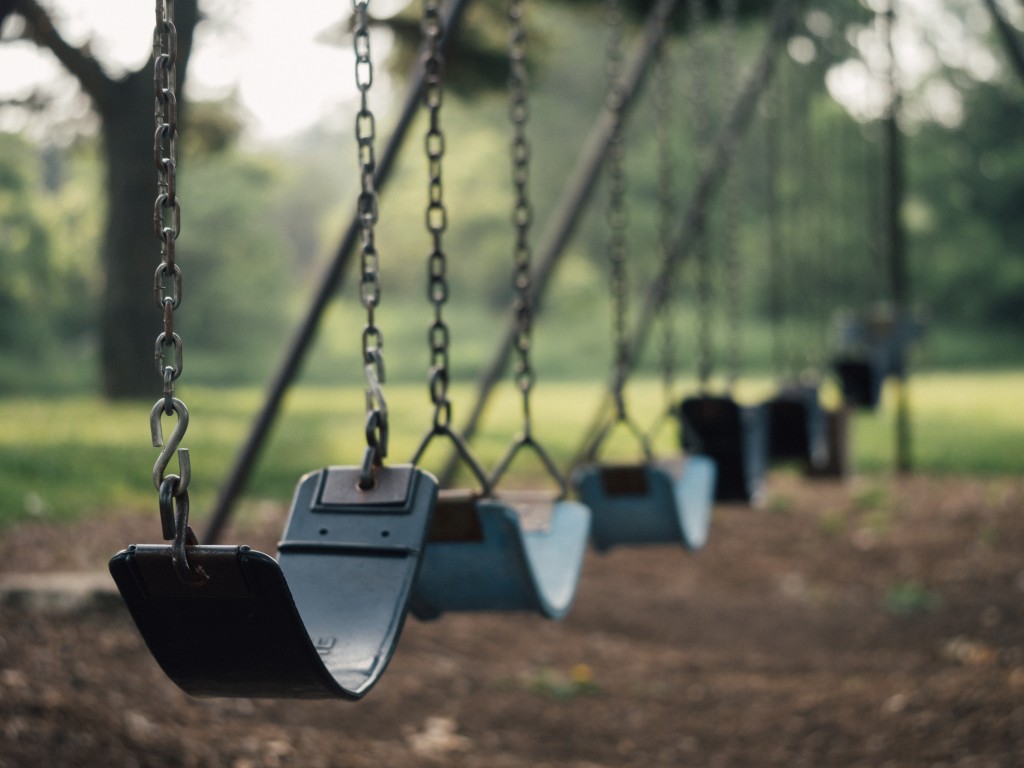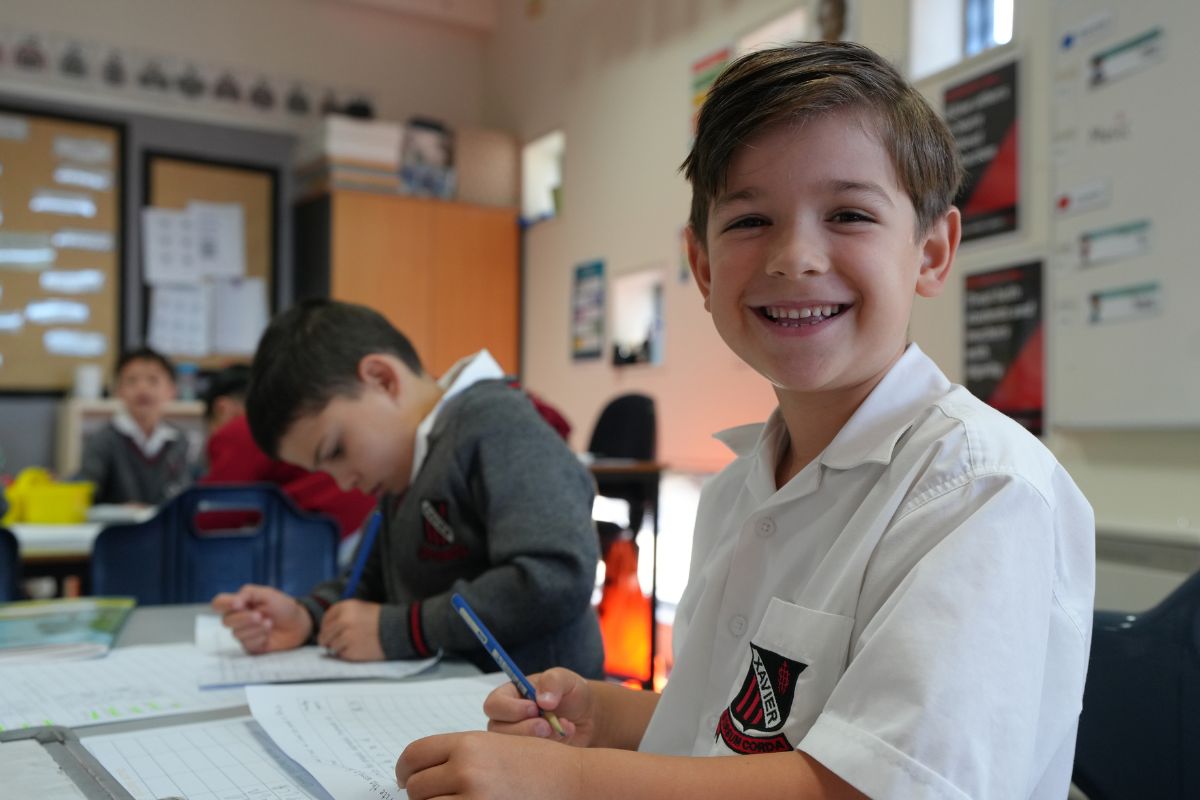What to do if your child is being bullied

Bullying is a serious matter and is not a ‘rite of passage’. Bullying can take place during school, at home or online.
If you suspect your child is being bullied, it is important to take steps to help them.
What is bullying?
Australian schools have a national agreed definition of bullying.
According to this definition, the 3 main features of bullying are:
- The misuse of power in a relationship
- It is an ongoing and repeated behaviour
- The behaviour is intended to cause physical, social and/or psychological harm
Katerina Dominguez, Child Mental Health Coach at Wings Wellness believes it is important to define what bullying is.
“I think sometimes people use the word bullying quite heavily… it could be things like name-calling and that’s something I don’t consider bullying.”
Children not getting along or displaying a mutual conflict towards each other does not indicate bullying.
She believes the key is persistence, “everyday these kids are going purposely to target them”.
Signs your child is being bullied
Common signs your child is being bullied may include:
- Social anxiety and avoiding going to school
- Experiencing a loss in appetite
- Appears anxious and suffers from low self-esteem
- Poor performance in school
- Has trouble sleeping or is sleeping too much
- Change in behaviour
Katerina has seen forms of mild anxiety and mild depression in children arising from bullying.
My child is being bullied, what should I do next?
Katerina suggests three main steps for parents if their child is being bullied.
1. Define whether it is bullying
Using the definition of ‘bullying’ above, distinguish whether your child is being bullied or just experiencing nasty behaviour.
2. Speak to the school
“Most schools these days have procedures in place to handle this.”
Katerina Dominguez, Child Mental Health Coach
Some tips for speaking to the school may include documenting the events and communicating in writing.
Children understandably may be anxious that any action may worsen the situation.
The Department of Education, Victoria suggests “you do not need to ask your child’s permission to talk to the school.”
Your child’s safety at school is most important.
3. Seek professional help
If your child is continuously affected by the bullying, you may consider seeking professional help.
“Seeing someone like myself or another professional would just really work on their self-esteem, getting them to the point where they’re so confident and happy with themselves that they would brush off what people are saying.”
What can I do to help my child being bullied?
Katerina outlines some tools parents can use at home.
She suggests parents begin by teaching their child not to compare themselves.
“One of the key things for a bully is the whole comparison thing. Saying they’re different and unique so they start to bully them over that. Just getting (your child) to understand we’re all different, we’re all unique and how wonderful that is.”
Katerina believes the key focus for parents is to build resilience and self-esteem. Some activities she suggests are:
- Getting your child to write down their strengths
- Asking your child to identify what makes them unique
- Asking them to write down any weaknesses and discuss whether they want to improve on these
- Teach them about what is in their control and what is not e.g. they are not in control of another person actions but they are in control of how they perceive a situation
- Have them do daily affirmations and positive statements
“This is to build up their self-esteem so they really understand who they are as a person and they are able to wash off what’s going on with them”.
Katerina urges parents to keep lines of communication open with their child.
“If your child is not comfortable speaking with parents maybe there’s someone else they can confide in. Maybe another adult, a school teacher or counsellor or just someone they can confide in.”
You should avoid blaming your child or using language to suggest they deserve the behaviour.
“Use empathetic language to understand what’s going on, putting yourself on their level and just allowing them to open up and talk.”
Summary:
- Determine if your child is being bullied or experiencing negative behaviour
- Contact the school and discuss solutions and procedures in place to help keep your child safe
- Seek professional help if required
- Try building up your child’s self-esteem and resilience at home



